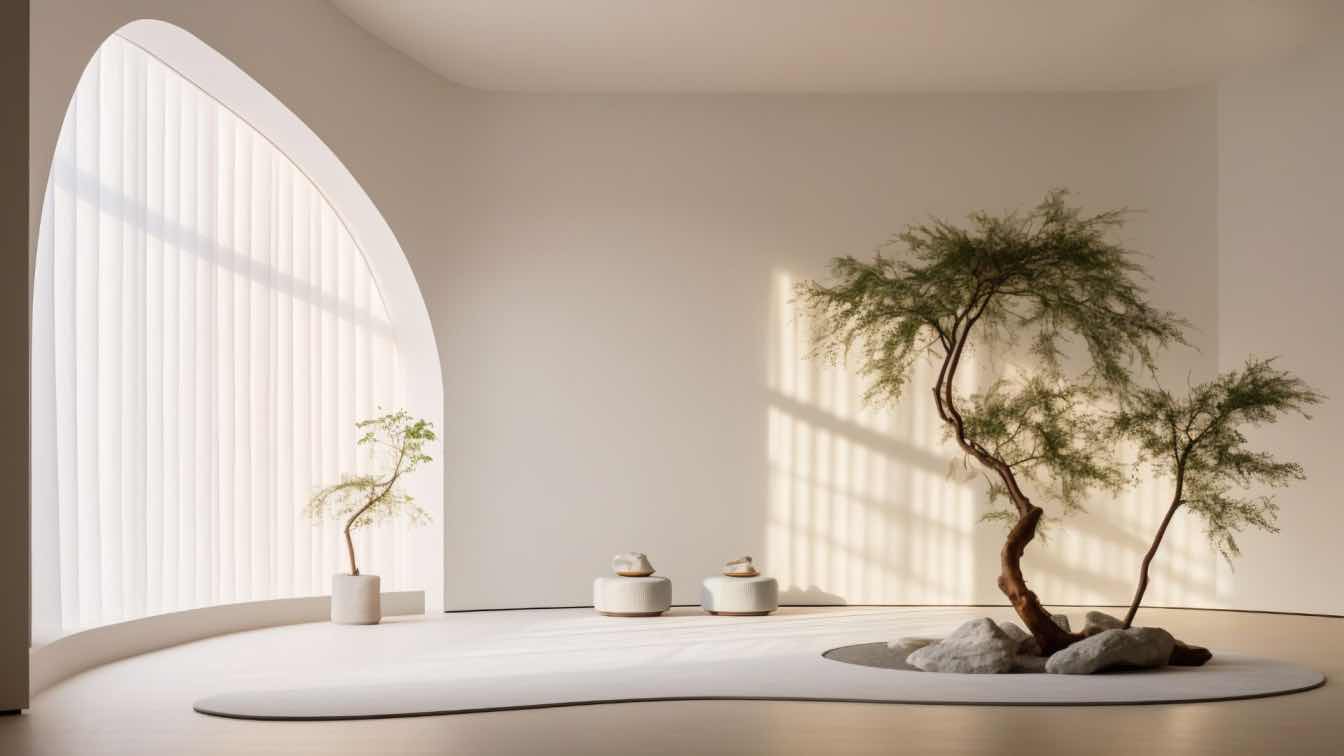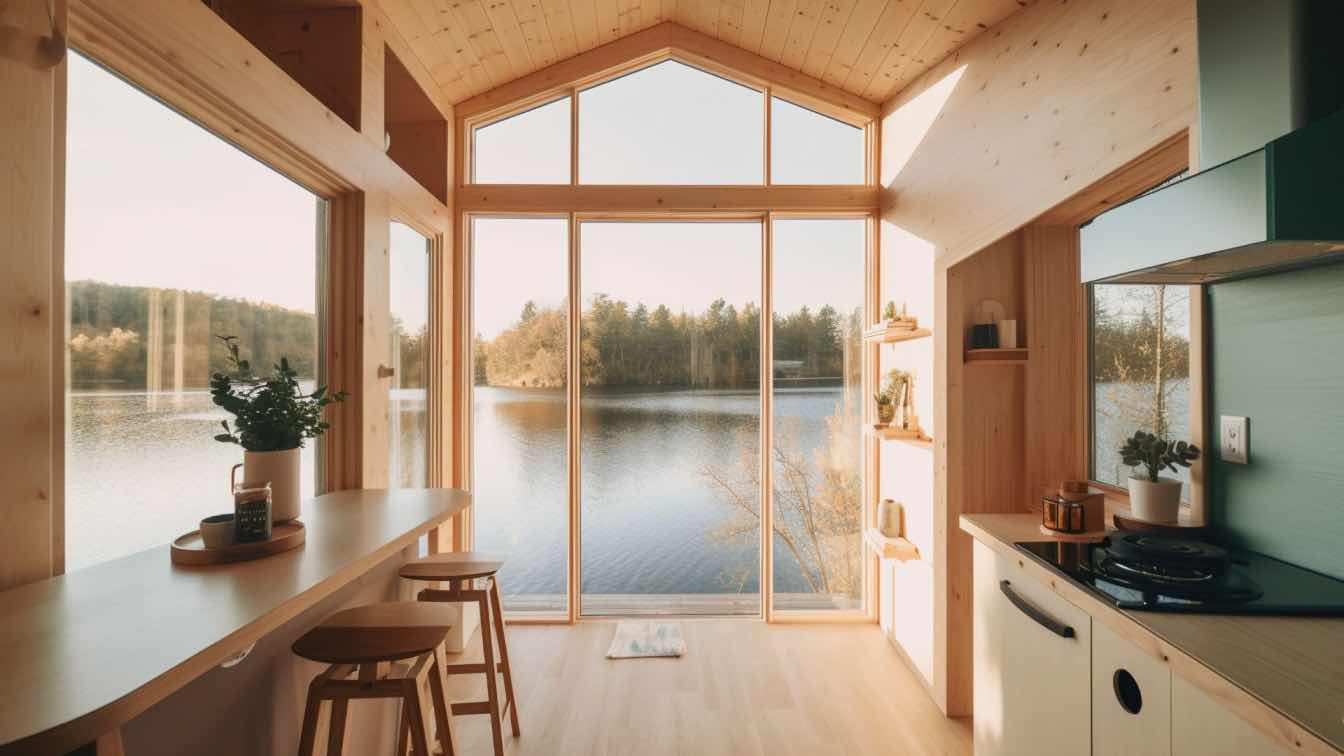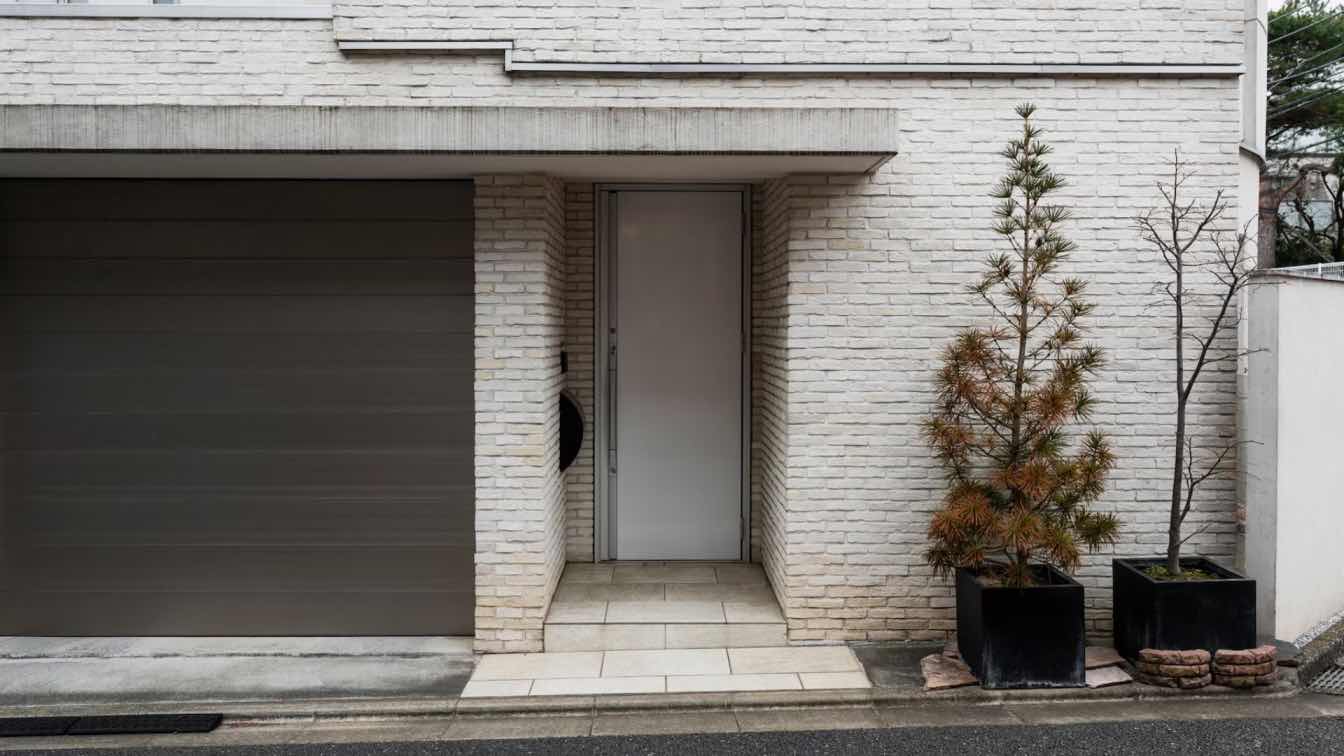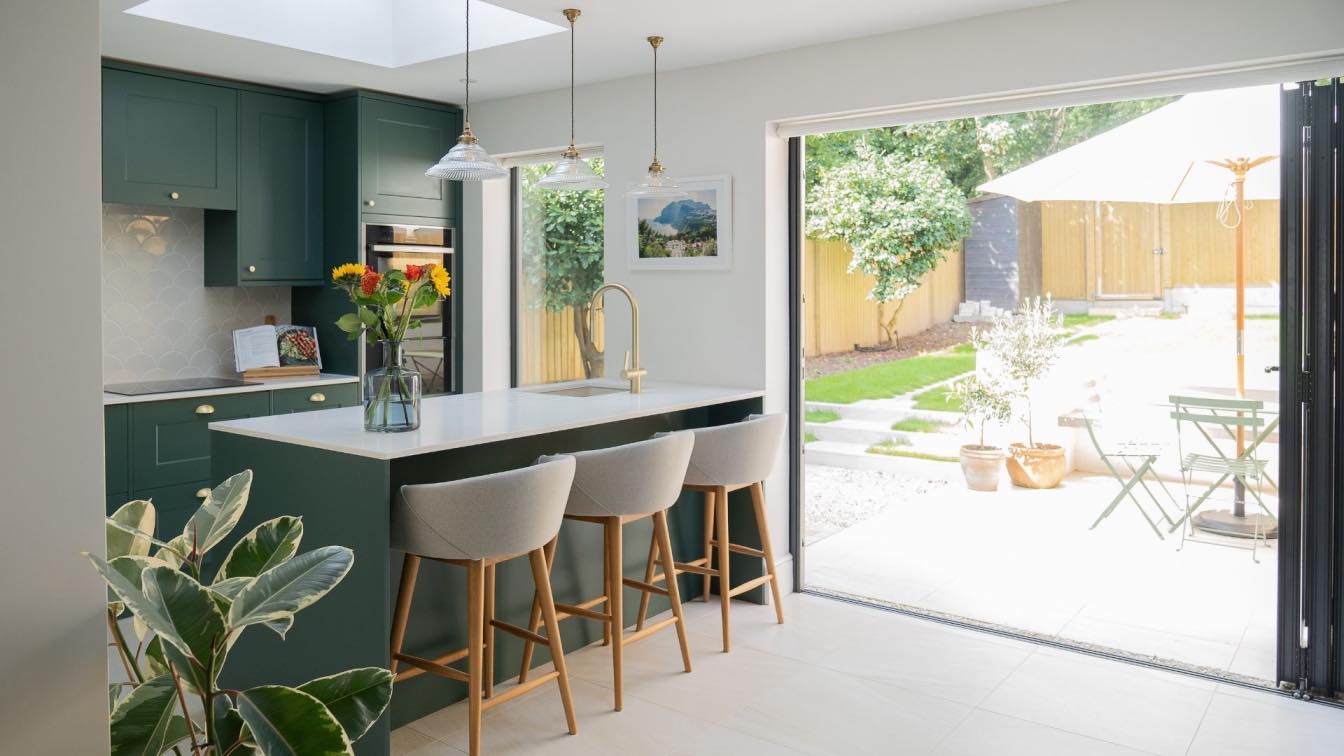In the hustle and bustle of modern life, it's more crucial than ever to cultivate a serene space within your home. A sanctuary that embodies Zen principles can provide a soothing retreat, a place to unwind and rejuvenate. This article will guide you on how to create your very own Zen-inspired home sanctuary.
Zen isn't just an aesthetic—it's a philosophy that promotes harmony, balance, and tranquility. It's about clearing clutter, integrating nature, and utilizing soothing colors to create a peaceful and relaxing environment. Ready to transform your living space into a Zen oasis? Stay tuned as we delve into the art of Zen-inspired home decor.
The Basics of Zen Aesthetics
Zen aesthetics embody the essence of minimalism, truthfulness, and natural beauty. Simplicity stands at the core of Zen design. Avoiding superfluous elements, one focuses on space rather than objects, cultivating an emphasis on functionality. Empty space, in Zen thinking, represents freedom, allowing the mind to rest. This is often reflected in a clean, open layout with basic furniture arrangements.
Seeking truthfulness in Zen aesthetics means embracing authenticity. Every element, from furniture to finishes, holds a clear purpose, contributing to the overall calm environment. For example, instead of synthetic materials, one finds raw, natural elements like stone, wood, and bamboo. Zen aesthetics also value natural light, often featuring large windows and skylights.
Lastly, the Zen aesthetics showcase nature as an integral part of living. This belief translates into an indoor garden or incorporation of indoor plants such as bamboo or bonsai trees. Culturally, plants represent life, growth, and harmony, linking the indoors to the natural world outdoors.
How Zen Influences Lifestyle
Aligning living spaces with Zen principles extends beyond physical design into influencing lifestyle habits. Embrace of simplicity promotes a decluttering mindset. This mindset affects multiple dimensions of life, such as time management, decision-making, and personal habits. For example, streamlining personal belongings reduces cleaning tasks, leaving one with more time for other activities.
Adherence to truthfulness in lifestyle encourages living authentically, focusing on activities that constitute genuine happiness rather than societal expectations. For instance, one might choose cooking a nutritious meal at home over dining at a lavish restaurant.
Lastly, the emphasis on natural beauty encourages care for the environment. It might be expressed as sustainable habits, such as recycling, composting, and choosing eco-friendly products. The lifestyle choices stemming from Zen principles thus evoke feelings of clarity, serenity, and peace.
Designing Your Space
When aiming for a serene, Zen-inspired sanctuary at home, the design plays a pivotal role. The choice of colors, the type of furniture, and the arrangement of these elements contribute to the overall ambiance. Every detail matters in creating a peaceful, tranquil environment.
Choosing the Right Colors
Colors significantly influence the emotions and mood within a space. As My Interior Palace advises, choosing the right colors means opting for those that elicit feelings of tranquility and peace. For instance, soothing shades of white, beige, or gray can create an atmosphere of tranquility. Nature-inspired colors, such as greens and blues, mirror the serenity of the natural world, enhancing the sense of calm. It's crucial to remember that the goal isn't necessarily to create a stark room, but to create an atmosphere that encourages serenity.
Selecting Minimalist Furniture
An effective way to infuse Zen aesthetics into your space involves careful selection of minimalist furniture. Minimalist furniture, characterized by its simple designs, clean lines and unassuming nature, can contribute to the understated elegance typical of Zen spaces. Consider incorporating pieces made of natural materials like wood, bamboo or rattan, reflecting a connection with nature. Furniture arrangement, too, plays a part. Spaces for movement and contemplation, without clutter or blockages, further the feeling of harmony within the sanctuary.
Incorporating Natural Elements
Adopting natural elements is integral to developing a Zen sanctuary. This needs thoughtfulness in welcoming natural light, using plants, and integrating water features to bring in tranquility and achieve a harmonious space.
Importance of Natural Light
Natural light holds a vital part in creating a Zen environment. It not only highlights the natural beauty of your home but also evokes a calm, serene atmosphere. Natural light, when diffused through skylights, large windows, or sheer curtains, provides essential warmth and a sense of largeness to your space. For instance, the warm, morning light provides a gentle start to your day, while the twilight hue ushers tranquility for an evening wind-down. Implement dimmable lights for nights as they peacefully mimic the moonlight, ensuring the essence of nature remains present during every moment of the day.
Using Plants and Water Features
The role plants play in forming a Zen-esque space is undeniable. They add freshness, clean the air naturally, and offer therapeutic views. Opt for low maintenance indoor plants such as snake plants or peace lilies that thrive even in indirect sunlight. Placing them in corners, along the sides of furniture, or on tables can bestow an organized, minimalistic look. Bigger plants like Ficus trees work great for larger spaces.
Water features, on the other hand, forge a soothing ambience with their soft, rhythmic sounds. Table-top fountains, indoor waterfalls, or even a small fish tank can serve as enchanting additions. Besides the visual allure, they create a subtle sound ambiance that drowns out harsh external noises. Remember, it's not about being grand; it's the mindful selection and purposeful placement of these elements that create a sanctuary resonating with serene tranquility.
Creating a Zen Atmosphere
Crafting a Zen atmosphere within your home encompasses more than minimalist aesthetics, natural lighting and purifying plants. Other crucial elements like scents and calming sounds play profound roles in cultivating a serene ambiance. In this section, we'll look at these aspects in detail.
The Role of Scents
Scents, an often overlooked but significant aspect of creating a Zen atmosphere, steer the emotional climate of your space. Scents like lavender, chamomile or sandalwood, famed for their calming properties, can elevate the tranquility of your sanctuary. Essential oils, natural incense, or scented candles are effective ways to infuse your home with these soothing fragrances. For instance, a lavender essential oil diffuser placed in your living room introduces a calming scent that dissipates stress, aiding you to unwind after a demanding day.
Calming Sound Elements
Complementing your Zen atmosphere with calming sound elements introduces a sensory dimension that fosters calmness and relaxation. Suitable choices include chimes, soft instrumental music, or natural sounds like rain, wind or the rustling of leaves. As an example, a small desk fountain not only supplies visual serenity and soothing water sounds but also enhances humidity, benefitting any surrounding indoor plants. Alternatively, a wind chime placed near an open window carries the soft rustling of the wind into your sanctuary, subtly reminding you of the gentle pace of nature.
A Zen-inspired home sanctuary is a lifestyle choice that promotes tranquility and rejuvenation through the principles of minimalism, truthfulness, and natural beauty. So, let's embrace the Zen principles and transform our homes into sanctuaries that offer continual rejuvenation and relaxation. Because at the end of the day, there's nothing quite like coming home to a serene and harmonious space.





